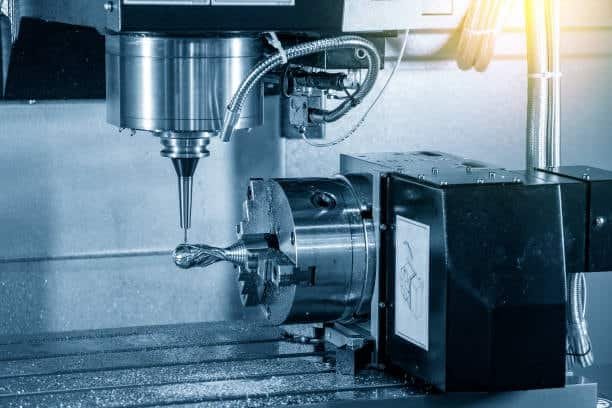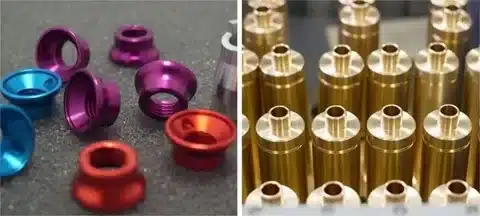In the ever-evolving landscape of manufacturing technology, CNC (Computer Numerical Control) milling machines stand as pillars of innovation and precision. Among these advanced tools, the 4-axis milling machine has emerged as a game-changer, expanding the boundaries of what’s possible in modern fabrication. This sophisticated equipment has revolutionized manufacturing processes across various industries, offering unprecedented flexibility, accuracy, and efficiency. This article explores the technology behind 4 axis cnc machining, their applications, advantages, and their significant impact on the manufacturing sector.
Understanding CNC 4-Axis Milling Technology
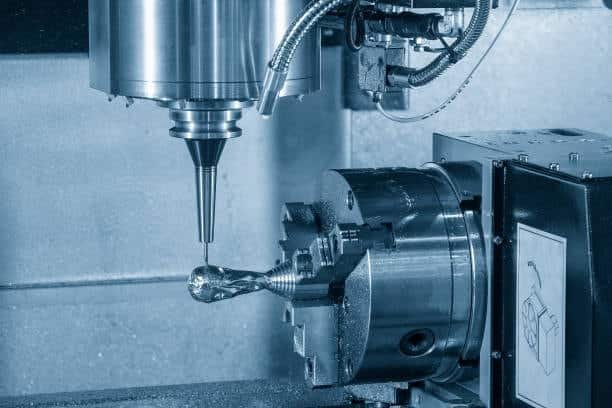
CNC milling machines have transformed from simple 3-axis systems to more complex multi-axis configurations. A standard 3-axis machine operates along the three axes: X, Y, and Z axes, corresponding to length, width, and depth. The 4-axis milling machine adds an extra axis, rotational A-axis, typically allowing the workpiece to rotate around the X-axis. This additional axis dramatically expands machining capabilities by enabling tool access to multiple sides of a workpiece in a single setup.
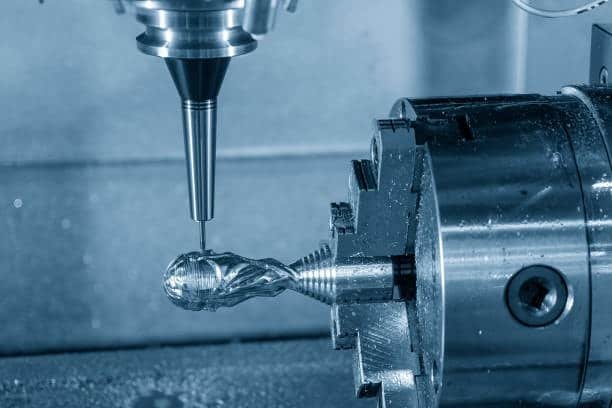
The rotational capability allows manufacturers to produce complex parts, geometries and undercuts that would be impossible or extremely difficult with conventional 3-axis machines. Modern 4-axis CNC mills integrate sophisticated control systems, often running on advanced CAD/CAM software that precisely calculates tool paths and coordinates movements across all four axes simultaneously. This coordination ensures smooth transitions and high-precision results even when machining intricate features along the y axis .
The control unit of a 4-axis milling machine interprets G-code instructions—the programming language of CNC machines—to direct the cutting tool’s movements with micrometer precision. This level of control enables manufacturers to achieve consistent quality across production runs, whether creating one-off prototypes or mass-producing components.
Key Components and Configurations of 4-Axis Mills
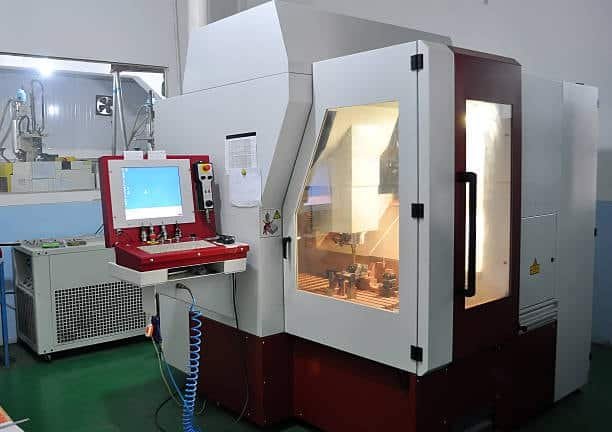
A typical 4-axis CNC milling machine consists of several critical components working in harmony. The machine bed provides a stable foundation, while the spindle holds and rotates the cutting tool. The workpiece is secured to a rotary table that enables the added fourth-axis movement, often referred to as the c axis . High-precision servomotors or stepper motors drive all axes movements according to the programmed instructions.
4-axis milling machines come in two primary configurations: true 4-axis and 3+1 axis. In a true 4-axis configuration, all four axes can move simultaneously, allowing for complex contour machining in a single operation. The 3+1 configuration, meanwhile, permits 3-axis machining with an additional indexing capability, where the fourth axis rotates and locks in place before 3-axis machining continues.
The cutting tools used in 4-axis milling vary widely depending on the application, from end mills and ball nose cutters to specialized tools designed for specific materials and finishes. Modern machines often feature automatic tool changers that can hold dozens of different tools, including tools designed for use across two axes, minimizing downtime during complex machining operations.
Industrial Applications and Versatility
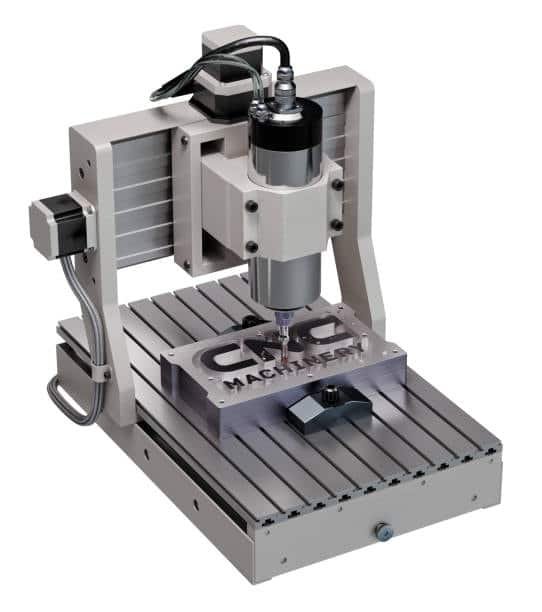
The versatility of 4-axis CNC milling machines has made them indispensable across numerous industries. In aerospace, these machines precisely craft complex turbine blades, structural components, and lightweight parts, similar to what can be achieved with 5 axis machines, that must meet exacting specifications. The automotive industry relies on 4-axis milling for producing engine components, transmission parts, and custom automotive accessories with superior precision.
Medical device manufacturing has particularly benefited from 4-axis milling technology. The ability to machine complex organic shapes and angled features has revolutionized the production of orthopedic implants, surgical instruments, and dental prosthetics. Similarly, the technology has transformed the jewelry industry by enabling intricate designs that would be impossible to create manually both the workpiece.
In mold making and tooling applications, 4-axis machines efficiently create complex dies and molds with undercuts, side features, and cut outs. This capability significantly reduces the need for multiple setups and manual intervention, such as drilling holes treamlining the production process b axis. Electronics manufacturers utilize 4-axis milling for creating precise housings, heat sinks, and specialized components that require tight tolerances and complex geometries in modern cnc machining process ..
Advantages Over Traditional 3-Axis Machining
The addition of a fourth axis delivers numerous significant advantages over traditional 3-axis machines. Perhaps most notably, 4-axis milling dramatically reduces setup time by minimizing the need for rotation and multiple workpiece orientations. A component that might require four or five different setups on a 3-axis machine can often be completed in a single setup on a 4-axis system, which handles linear directions effectively substantially reducing production time and labor costs.
This more efficient approach also improves accuracy by eliminating alignment errors that typically occur when repositioning a workpiece multiple times. The continuous machining process ensures better consistency between features and surfaces that would otherwise be machined in separate operations. The ability to machine multiple sides in one setup also improves surface finish quality by maintaining consistent cutting conditions throughout the process.
From a business perspective, 4-axis milling expands manufacturing capabilities without necessarily requiring additional floor space. A single 4-axis machine can often replace the difference of multiple 3-axis machines while producing more complex parts, optimizing both space utilization and capital investment. The technology also reduces waste material and energy consumption in axis cnc machining by enabling more efficient cutting strategies and minimizing the number of operations required.
Recent Technological Advancements
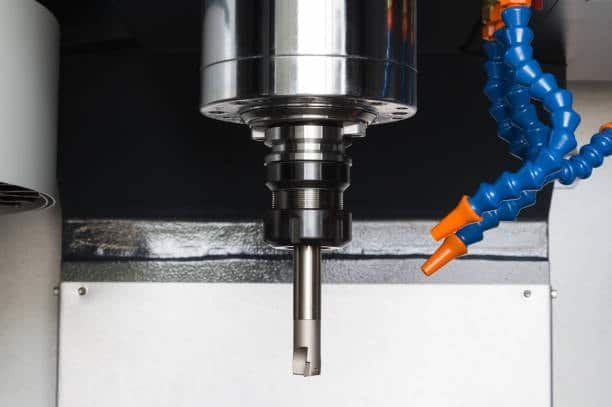
Recent years have witnessed remarkable advancements in 4-axis milling technology. The integration of artificial intelligence and machine learning algorithms has revolutionized tool path optimization, automatically adjusting cutting parameters based on material conditions and tool wear. These smart systems can predict and compensate for deflection, vibration, and thermal expansion, further enhancing machining precision.
High-speed machining capabilities have significantly improved, with modern 4-axis machines achieving spindle speeds exceeding 30,000 RPM. This high-speed performance, combined with advanced cutting strategies, has dramatically reduced cycle times while improving surface finish quality. Simultaneous 4-axis contouring has become more sophisticated, allowing for complex spiral and helical cutting paths that produce superior results on curved surfaces.
Advancements in control systems have also been substantial. Contemporary machines with easy setup feature intuitive user interfaces, simulation capabilities, and real-time monitoring systems that alert operators to potential issues before they affect part quality. Remote monitoring and operation have become increasingly common, allowing manufacturers to oversee production processes from anywhere in the world.
Considerations for Implementation and Selection
When implementing 4-axis milling technology, manufacturers must carefully evaluate several factors. Machine rigidity and stability are paramount, especially with the additional rotary axis as these directly impact machining accuracy and surface finish quality. The machine’s work envelope must be appropriate for the intended applications, with consideration given to the maximum workpiece dimensions and weight that can be accommodated.
The control system’s capabilities significantly influence the machine’s versatility. Advanced controllers with features like look-ahead functionality, dynamic feed rate optimization, and sophisticated error compensation systems can substantially enhance performance. The available software ecosystem is equally important, as the complexity of 4-axis machining requires robust CAD/CAM solutions capable of generating efficient tool paths.
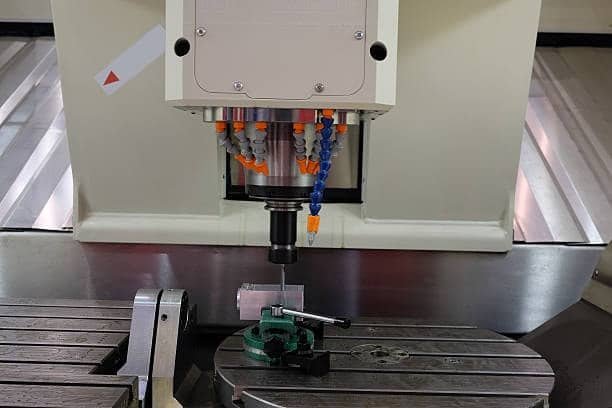
Budget considerations extend beyond the initial machine purchase to include installation requirements, operator training, and ongoing maintenance. While 4-axis machines represent a higher initial investment than 3-axis alternatives, the increased productivity and expanded capabilities often deliver compelling returns on investment. Manufacturers should conduct thorough cost-benefit analyses that account for both immediate expenses and long-term operational advantages.
Training and Skills Development
The transition to 4-axis milling technology necessitates significant investment in workforce development. Operators require specialized training to understand the additional complexities introduced by the fourth axis, including proper workpiece setup, programming techniques, and troubleshooting procedures. CAD/CAM specialists must develop expertise in generating efficient tool paths that fully leverage the machine’s capabilities while avoiding collisions and other potential issues.
Many manufacturers partner with machine tool vendors, technical schools, or specialized training providers to develop comprehensive training programs. These initiatives often combine classroom instruction with hands-on experience, for example, to ensure operators develop both theoretical knowledge and practical skills. Online learning platforms have also emerged as valuable resources, offering on-demand training modules that can be accessed as needed.
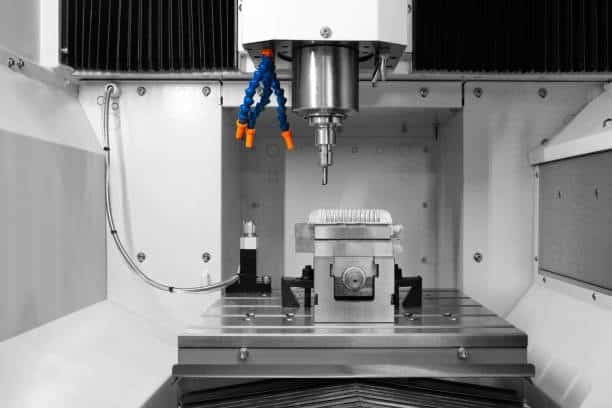
Ongoing skills development remains essential as technology continues to evolve. Regular refresher courses and advanced training opportunities help ensure that operators remain proficient with the latest techniques and software updates. This continuous learning approach maximizes the return on investment in both human capital and advanced machining technology.
Future Trends and Developments
The future of 4-axis milling technology promises even greater capabilities and efficiency. Hybrid manufacturing systems that combine 4 axis cnc milling with 5 axis additive manufacturing techniques are already emerging, allowing for parts to be built up and precisely machined in a single setup. This approach enables entirely new design possibilities while reducing material waste and production time.
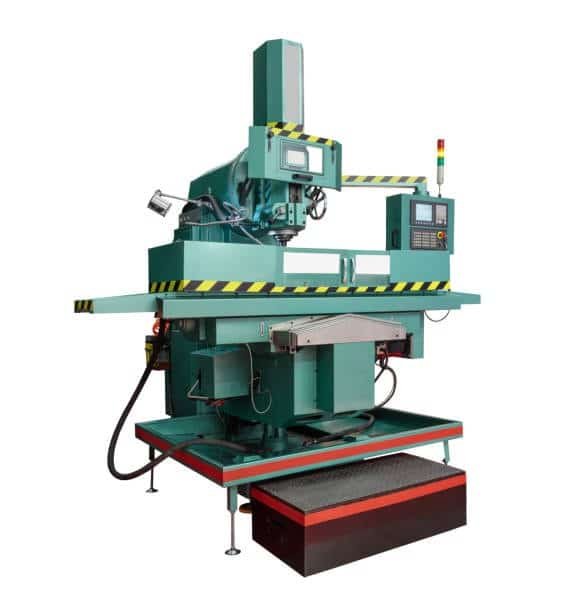
Integration with the Industrial Internet of Things (IIoT) is accelerating, with machines becoming increasingly connected to broader manufacturing ecosystems. This connectivity enables predictive maintenance, optimized production scheduling, and comprehensive data analytics that drive continuous process improvement. Automated part loading and unloading systems are becoming more sophisticated, moving toward fully autonomous production cells that require minimal human intervention.
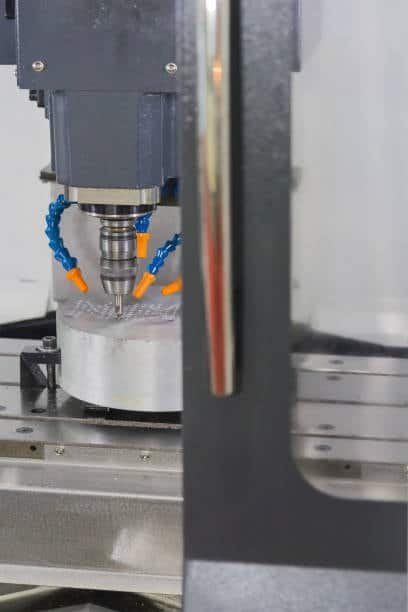
As sustainability concerns grow, manufacturers are developing more energy-efficient 4-axis machines with optimized power management systems. Cutting strategies are evolving to minimize material waste and energy consumption, including producing helical grooves, while maintaining or improving part quality. These developments reflect the industry’s broader movement toward more environmentally responsible manufacturing practices.
Conclusion
The 4-axis CNC milling machine represents a transformative technology that has fundamentally changed modern cnc machining capabilities. By adding a rotational axis to traditional 3-axis machining, these systems enable the production of complex components with unprecedented efficiency and precision. The technology continues to evolve rapidly, with advancements in control systems, cutting tools, and integration capabilities expanding the boundaries of what’s possible.
For manufacturers seeking to enhance productivity, improve part quality, and expand their production capabilities, 4-axis milling offers compelling advantages over traditional machining approaches. While the technology requires significant investment in both equipment and training, the resulting improvements in efficiency, versatility, and part quality typically deliver substantial returns on investment. As manufacturing continues to evolve toward greater automation and complexity, 4-axis milling machines will undoubtedly remain at the forefront of production technology.

